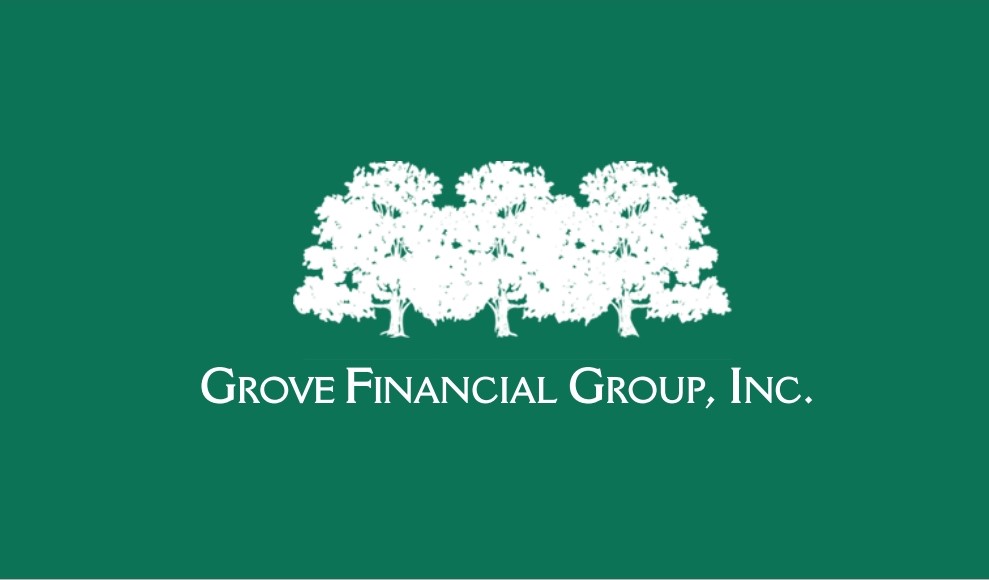- January 17, 2025
- by Leon Grove
- Annuities, Estate Planning, Finance, Pension Integration, Retirement Planning
Retirement Planning Myths Debunked: What You Really Need to Know
Retirement Planning Myths Debunked: What You Really Need to Know
Retirement planning is one of the most important financial tasks you will undertake in your lifetime. However, despite the widespread emphasis on preparing for retirement, many affluent individuals still hold on to misconceptions that can derail their plans and limit their future financial security. These myths, often passed down through generations or perpetuated by outdated advice, can lead to missed opportunities and unnecessary stress in retirement.
In this article, Grove Financial Group Inc., will help debunk the most common retirement planning myths, providing you with the facts and insights you really need to know to create a retirement plan that allows you to enjoy your desired lifestyle for years to come.
Myth #1: “I’ll be fine if I just save 10% of my income.”
Many people assume that a standard recommendation—saving 10% of their income—is sufficient to secure a comfortable retirement. While this might work for some, it’s often inadequate for affluent individuals. Retirement planning is highly personalized, and your needs and goals are unique.
The Reality: For those who desire to maintain their current lifestyle or pursue new opportunities in retirement, saving 10% may not be enough. Affluent individuals often have higher living expenses, more complex income streams, and the desire for more leisure activities, travel, and philanthropy. To account for these factors, many financial experts recommend saving a higher percentage of income, especially in the years leading up to retirement. Depending on your goals, it may be necessary to save 20% or more to ensure a comfortable future.
In addition, focusing solely on saving without considering the growth of your wealth through investments can leave you short. Building a retirement portfolio that includes a mix of asset classes (stocks, bonds, real estate, etc.) is essential for achieving long-term financial goals.
Myth #2: “I’ll just rely on Social Security for my retirement.”
Social Security was never intended to be the sole source of retirement income. However, many people assume that it will cover all of their expenses in retirement. This belief is particularly common among those nearing retirement, who may have put their savings on autopilot and are banking on Social Security to fill the gap.
The Reality: Social Security benefits are often far less than what affluent individuals need to maintain their standard of living. In fact, for many, Social Security will only replace about 30% of pre-retirement income—far from enough to live comfortably without supplementing it with personal savings, pensions, and other investment vehicles.
While Social Security can be part of your retirement plan, it shouldn’t be relied upon as the primary source of income. Instead, you should focus on maximizing your savings, using tax-efficient strategies, and building a portfolio that provides steady income for years to come.
Myth #3: “The more conservative my investments, the safer my retirement will be.”
Many affluent individuals assume that the key to a secure retirement is avoiding risk altogether. They may transfer all their assets to low-risk, low-return investments as they approach retirement, hoping that this will protect their savings. While this may seem like a sound strategy, it can lead to missed growth opportunities and inflation risks.
The Reality: Investing too conservatively can actually harm your long-term retirement prospects. Inflation erodes purchasing power, and if your investments are not growing at a rate that outpaces inflation, your retirement savings may not provide as much as you expect. A more balanced approach is often better. While it’s important to reduce risk as you near retirement, having some portion of your portfolio in growth-oriented assets like stocks or real estate can help ensure your wealth keeps pace with inflation.
Affluent individuals may also benefit from diversifying their portfolios across multiple asset classes and geographies to manage risk while still achieving growth. A financial advisor can help determine the right balance based on your specific goals, risk tolerance, and retirement timeline.
Myth #4: “I can just work part-time in retirement if I run out of money.”
This myth often stems from the belief that retirement is synonymous with leisure and relaxation. While part-time work may be an option for some, it’s a risky plan for those relying on it as their primary backup source of income.
The Reality: Not everyone has the ability, health, or inclination to work during retirement. Many affluent individuals prefer to maintain their lifestyle without the need for an additional paycheck. Plus, the unexpected can happen—health issues or changes in the job market can prevent you from finding or maintaining part-time employment.
A better strategy is to ensure that you have enough passive income streams—whether through investments, rental properties, or annuities—so that your retirement is self-sustaining without relying on a return to the workforce. This can give you the peace of mind to enjoy retirement on your terms.
Myth #5: “I don’t need an estate plan if I don’t have children.”
Estate planning is often seen as something only necessary for those with children or complex family dynamics. However, this myth overlooks the critical importance of managing your assets, ensuring a smooth transition of wealth, and protecting your legacy.
The Reality: Even if you don’t have children, estate planning is crucial. Without a comprehensive estate plan, your assets may be subject to probate, meaning your wealth could be tied up in legal processes for months or even years, causing unnecessary delays for your beneficiaries. Moreover, without a plan in place, your wishes regarding healthcare decisions, asset distribution, and charitable contributions may not be honored.
For affluent individuals, estate planning also plays a key role in minimizing estate taxes and ensuring that wealth is preserved for future generations or causes important to you. It’s never too early to begin the estate planning process, regardless of whether or not you have children.
Myth #6: “I’ll be in a lower tax bracket in retirement.”
Many people assume that they’ll pay fewer taxes in retirement due to a reduced income. However, this assumption can be dangerous, especially for affluent retirees who may still have significant sources of income even after they stop working.
The Reality: In retirement, you may still have income from investments, pensions, required minimum distributions (RMDs) from retirement accounts, and other sources. Depending on the amount, this could push you into a higher tax bracket than you anticipated. Additionally, with changes in tax laws and potential future tax increases, it’s important to plan for the possibility that your retirement income will be taxed at higher rates.
A tax-efficient strategy, such as converting traditional IRAs to Roth IRAs or managing income sources to stay below certain tax thresholds, can help mitigate the tax burden in retirement and preserve more of your wealth.
Conclusion: Planning for Retirement with the Right Insights
Retirement planning is a nuanced and evolving process, and debunking these common myths is crucial for creating a sustainable, comfortable retirement. The affluent have unique financial needs and challenges, which means their retirement strategy must be equally unique. By dispelling misconceptions and focusing on the facts—such as maximizing savings, diversifying investments, and planning for taxes and legacy goals—you can ensure that your retirement is financially secure and aligned with your long-term objectives.
Remember, retirement planning is not a one-size-fits-all endeavor. Work with trusted advisors who can provide personalized insights and strategies, helping you navigate the complexities of retirement planning and ensuring your wealth continues to work for you well into the future.
Call-to-Action:
Are you ready to take the next step? Complete the Color of Money Risk Analysis (COMRA) and the Strategy Assessment today and schedule a consultation with Grove Financial Group, Inc. today.

Start with our Complimentary Retirement Strategy, which includes:
- 📊 Financial Overview – Align your assets, income, and goals.
- 🕰️ Social Security Maximization – Optimize your benefits for lasting income.
- 🛣️ Retirement Roadmap – Map out your vision with actionable steps.
- 💹 Asset Allocation – Build a balanced, resilient portfolio.
- ✅ Action Plan – Stay on course with regular check-ins and adjustments.
Visit Grove Financial Group, Inc., and let’s start building your brighter future today! 🌅




